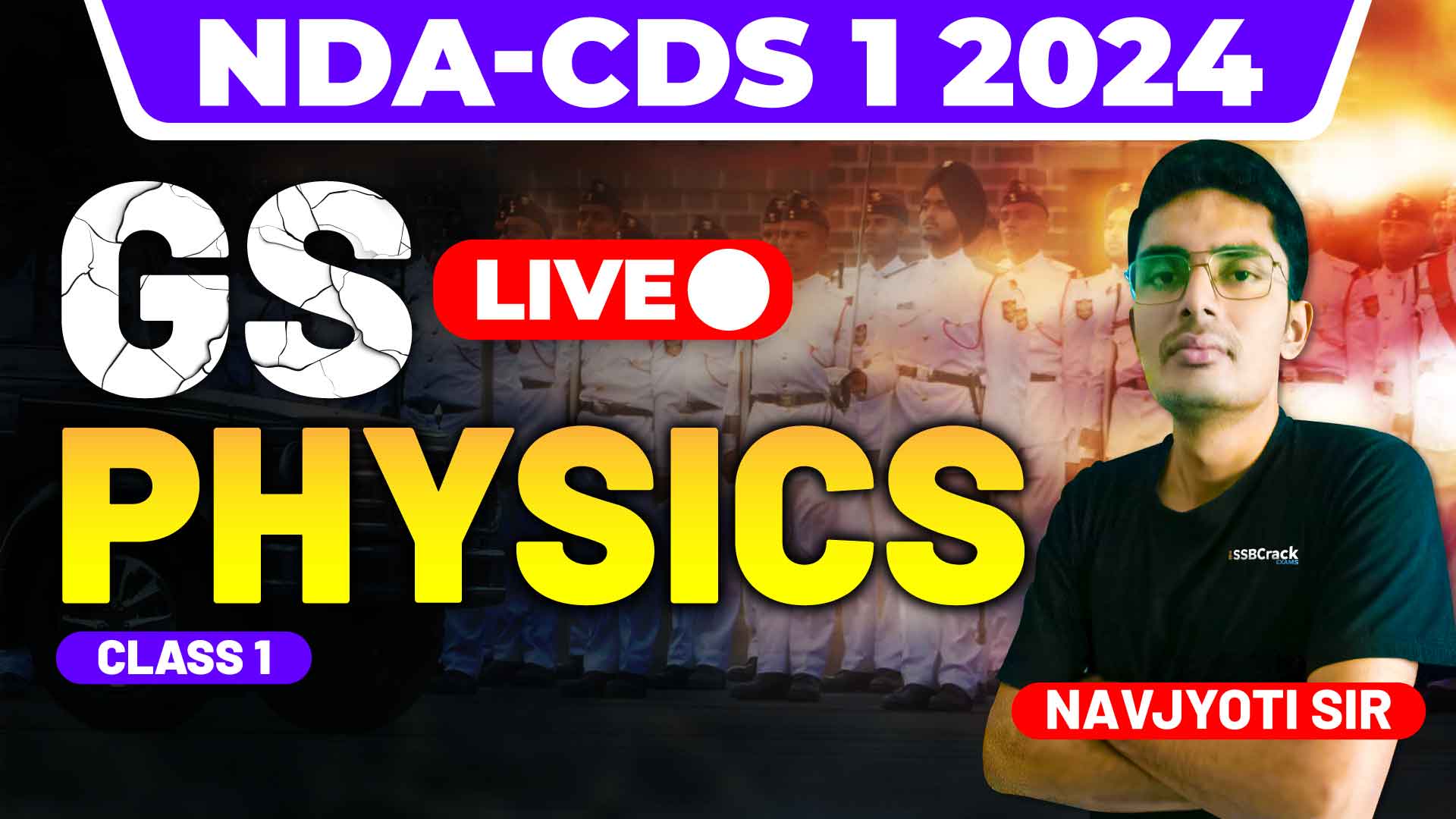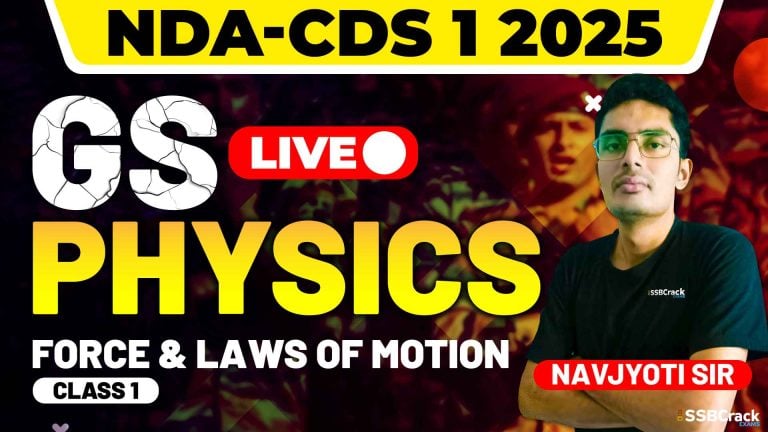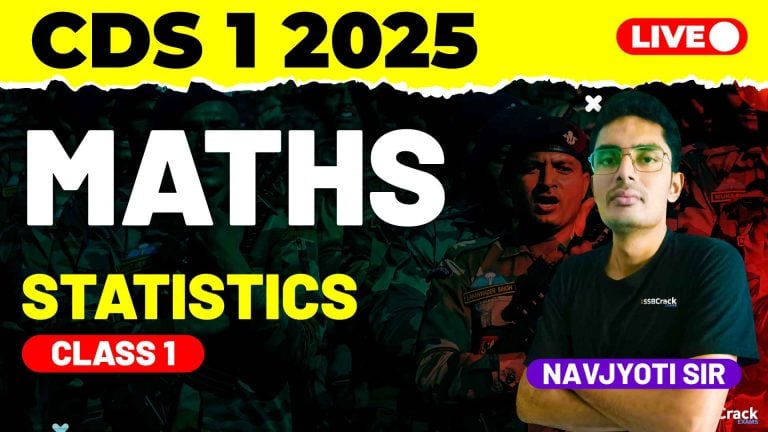Welcome to our recap of the essential concepts in reflection of light, focusing on mirrors, both plane and spherical. This session is designed to help you prepare for the NDA & CDS 1 2024 Exam. We’ll cover image formation, mirror formulas, and magnification through a series of Multiple Choice Questions (MCQs). Let’s dive in!
Understanding Reflection of Light
Before delving into mirrors, let’s grasp the fundamental concept of how light behaves upon reflection. When light encounters a surface, it can either be absorbed, transmitted, or reflected. In this session, we’re particularly interested in reflection, where light bounces off a surface.
Types of Mirrors
Mirrors come in two main types: plane mirrors and spherical mirrors.
1. Plane Mirrors:
- These mirrors have a flat surface, and the reflection occurs according to the law of reflection, where the angle of incidence equals the angle of reflection.
- Images formed by plane mirrors are virtual, erect, and laterally inverted.
2. Spherical Mirrors:
- Spherical mirrors have a curved surface.
- They are further classified into concave and convex mirrors based on the way the reflecting surface curves.
Concave Mirrors:
- These mirrors curve inward.
- They can form both real and virtual images depending on the position of the object relative to the mirror.
Convex Mirrors:
- Convex mirrors curve outward.
- They always form virtual, erect, and diminished images, regardless of the object’s position.
Image Formation by Mirrors
Understanding how images are formed by mirrors is crucial for solving problems related to optics.
1. Plane Mirrors:
- Images formed by plane mirrors are virtual, meaning they cannot be projected onto a screen.
- These images are erect (upright) and laterally inverted (left-right reversal).
2. Spherical Mirrors:
- The image formation in spherical mirrors depends on the type of mirror and the position of the object relative to it.
- Concave mirrors can form real or virtual images, while convex mirrors only produce virtual images.
Mirror Formula
The mirror formula is a fundamental equation used to calculate the position and size of images formed by spherical mirrors.
Magnification
Magnification tells us how much larger or smaller an image is compared to the object. It is a key parameter in understanding the properties of images formed by mirrors.
Conclusion
In this class, we’ve covered the essential concepts of reflection of light by mirrors, including plane and spherical mirrors. Understanding how images are formed, the mirror formula, and magnification will be invaluable for tackling questions in the upcoming NDA & CDS 1 2024 Exam. Keep practicing and stay tuned for more sessions to strengthen your physics knowledge!

















